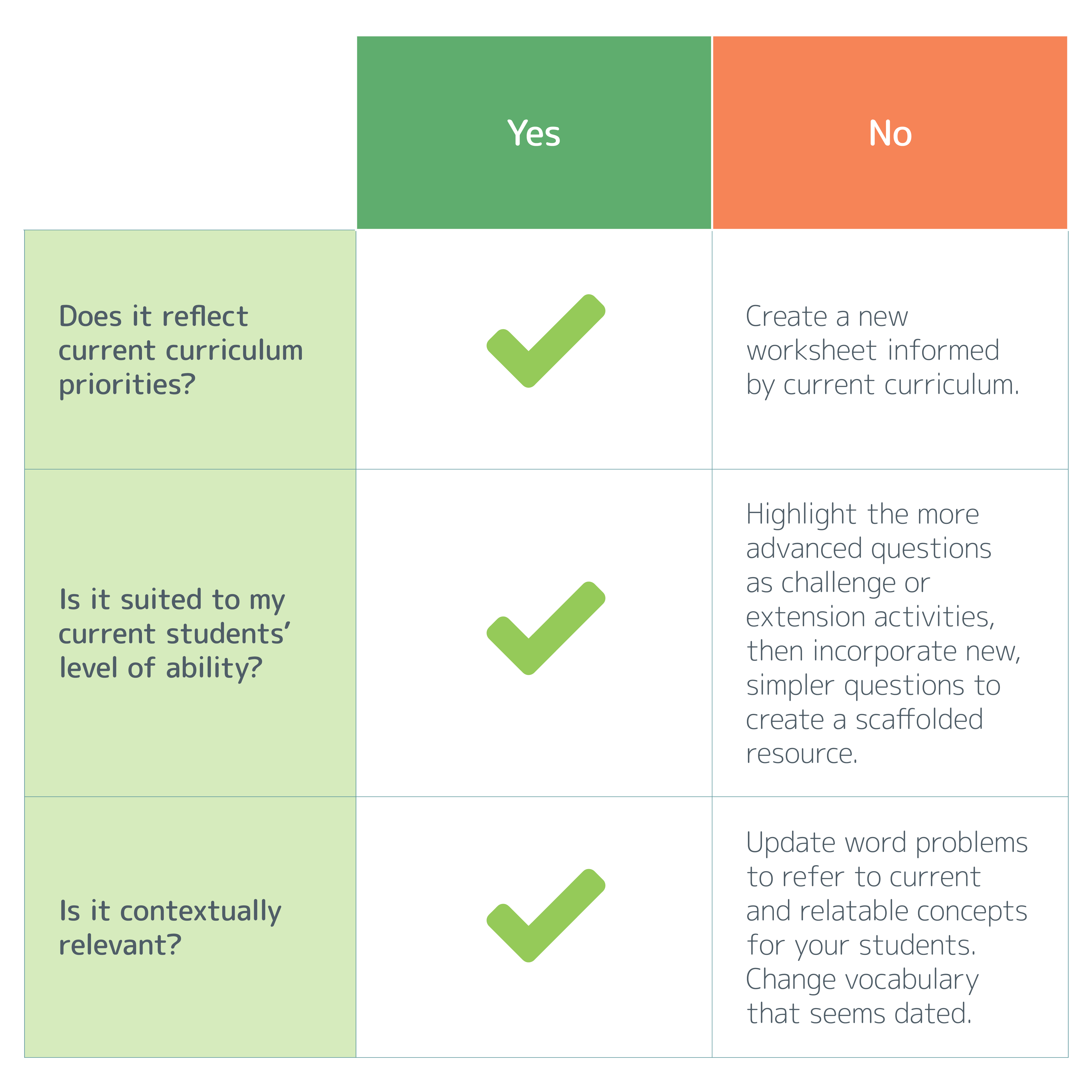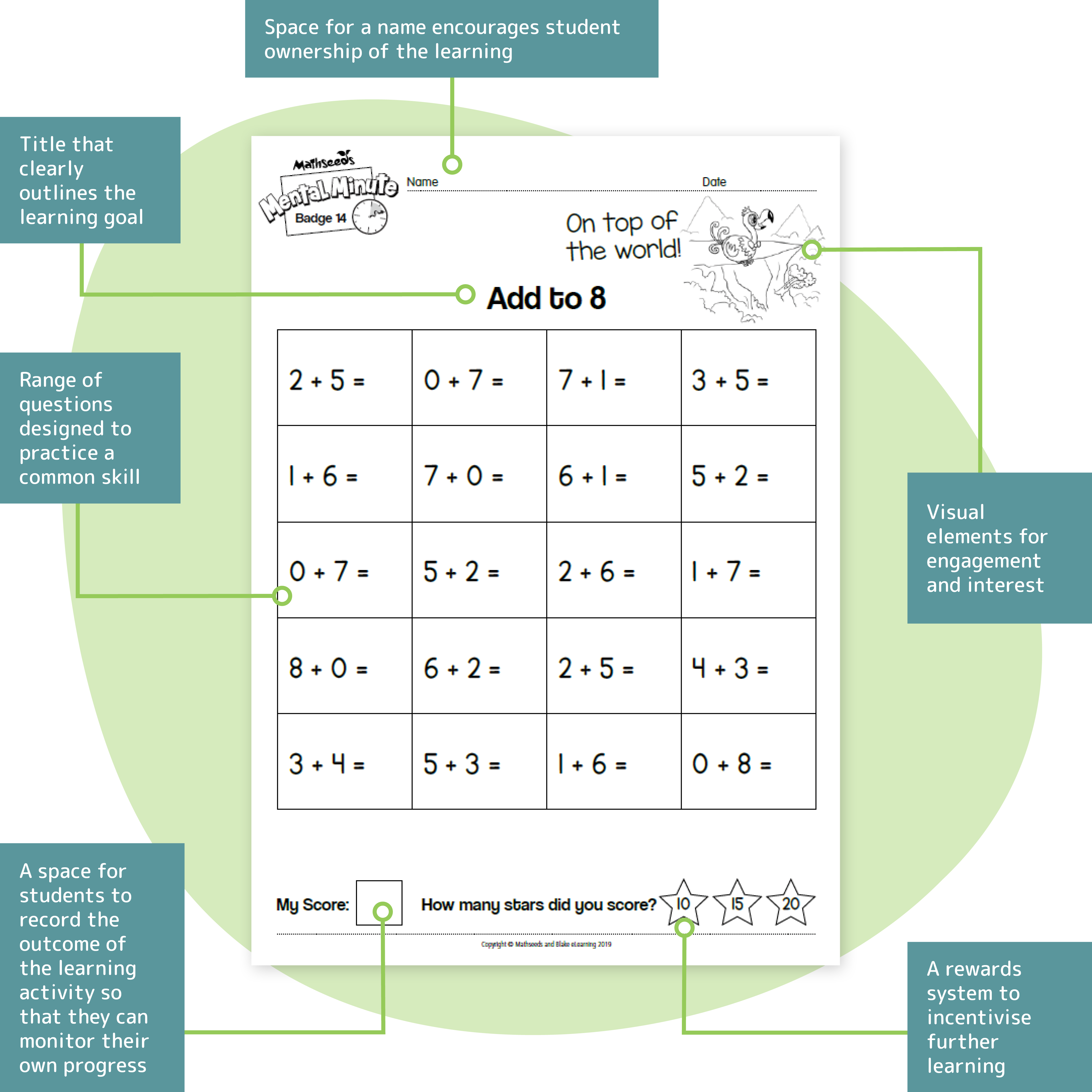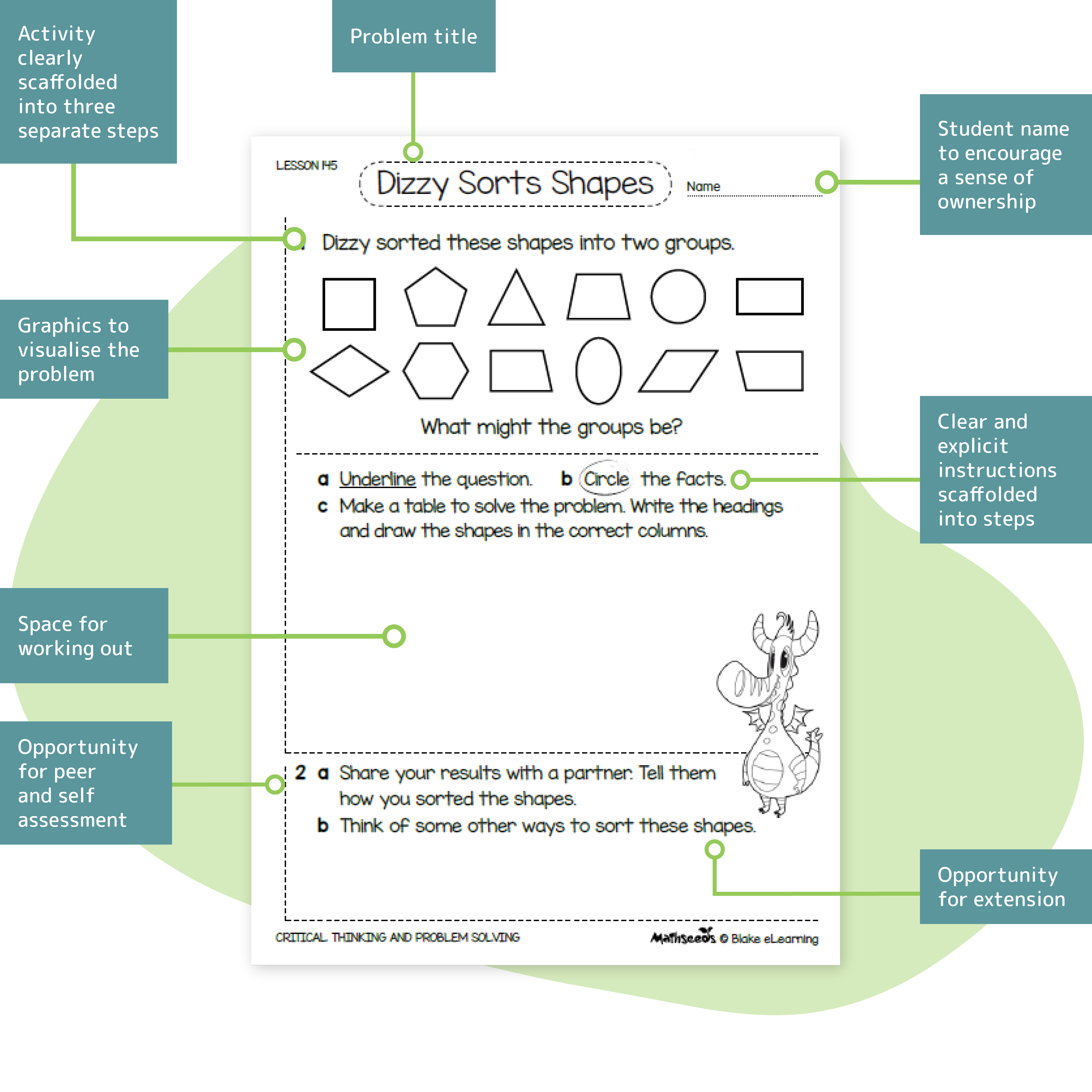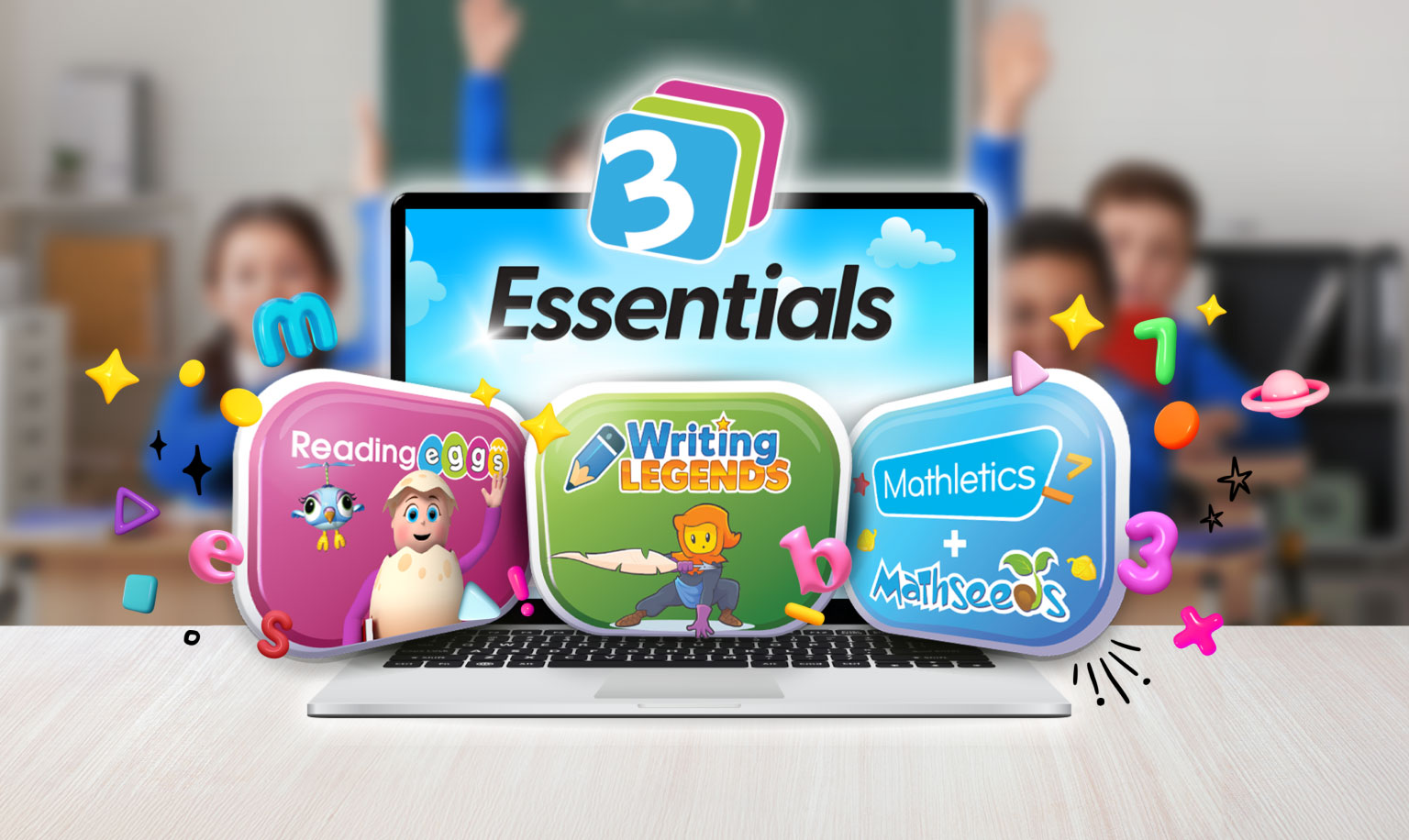
Deep in the recesses of many mathematics departments, one can often find worksheets that have outlasted even the most senior staff in the building. Faded and weathered from years of frantic AM photocopying, they’ve become a predictable staple of each year’s teaching.
But are they really driving student learning?
Worksheets can be an effective resource in mathematics instruction. They’re easily digestible from a student perspective, provide a clear snapshot of individual progress and save precious time. But a poor worksheet is little more than busywork.
Thankfully, we have a few tips that will make creating effective mathematics worksheets simpler for you and more meaningful for your students.
Design your mathematics worksheets for a specific purpose
First determine which mathematical concept is the focus (e.g. arithmetic, algebra, fractions) and scaffold the worksheet around this core concept.
Then ask what type of learning you want to support with the worksheet. This might be problem-solving and reasoning, fluency, extension or support for learners with different needs.
Problem solving and reasoning
Problem solving and reasoning (PSR) tasks ask students to apply their mathematical knowledge to challenging problems. They benefit students who are learning to independently apply procedural skills in novel and real-world contexts.
An effective PSR worksheet should be built around word problems inviting diverse thinking, with multiple pathways to a correct answer. Include a space for working out so that students can evidence their reasoning process, and make sure the problems refer to contextually relevant subject matter that students find engaging.
Practice and fluency
Practice and fluency activities strengthen students’ procedural skills. They develop intuitive number sense and automatic recall of the rules and patterns applied in higher-order mathematical thinking. Fluency worksheets are ideal for learners who are consolidating a new mathematical concept, but they can be used at any time to ensure that procedural memory stays strong.
A fluency worksheet should be built around individual sums which are scaffolded to become progressively more challenging. At least ten questions are needed in order to step out the scaffolding process and adequately drill the content.
Extension and support
Differentiated activities should be provided to students who need more advanced (extension) material or help consolidate studied concepts (support).
Worksheets are a convenient source of differentiation in both cases. You could use PSR or fluency activities (or a mix of both) depending on your students’ needs, with the level of challenge adjusted to suit their level of ability.
Recycle or adjust your old worksheets
Once you’ve decided on a purpose for the worksheet, see what you can salvage from older resources. Recycling is ok, provided you assess what needs to change first.
Here’s what you should be asking yourself about old worksheets before photocopying another set:

If your old worksheets tick the boxes, feel free to recycle. Otherwise, take the time to make the necessary changes.
Keep it user-friendly
It doesn’t help if you use worksheets that have the clarity and engagement of a taxation audit. Students should be able to interpret and complete the instructions on a worksheet without needing teacher clarification. For this to happen, the worksheet needs clear and user-friendly features.
A worksheet for fluency should have the following features:

A problem-solving and reasoning worksheet can be modeled on the following example:

Download this worksheet and many more in our resources hub.
Differentiate with your mathematics worksheets
Instead of creating worksheets as standalone resources, write them as a series where each worksheet becomes progressively more advanced than the last. This will allow you to differentiate for diverse ability levels.
Start your whole class on the same entry-level worksheet and encourage them to self-assess their own ability. From that point, make the whole series available and allow students to select the worksheets that provide them with the right level of challenge. It’s self-determined differentiation that also builds students’ ability to reflect on their own learning.
As a bonus, you could combine worksheets with instructional materials (videos, handouts, etc) to create a full resource pack for a unit. Again, make it freely available to all students (perhaps via an online platform) and coach them on how to select material that fits their level of ability.
Understand what worksheets CAN and CANNOT do
Know the limitations of a worksheet before you invest time into creating one. Here’s what you should keep in mind:
Worksheets cannot:
- teach new content for you
- compensate for gaps in, or lack of, understanding
- create long-term engagement.
Worksheets can:
- provide a source of differentiation
- develop fluency with a concept, assuming that it has already been taught in class
- serve as homework if they are designed for a purpose.
Invest that bit of extra time into planning and creating your worksheets and you’ll never issue ‘busywork’ again. Instead you’ll produce resources that develop self-efficacy and augment the powerful work you do in the classroom.












